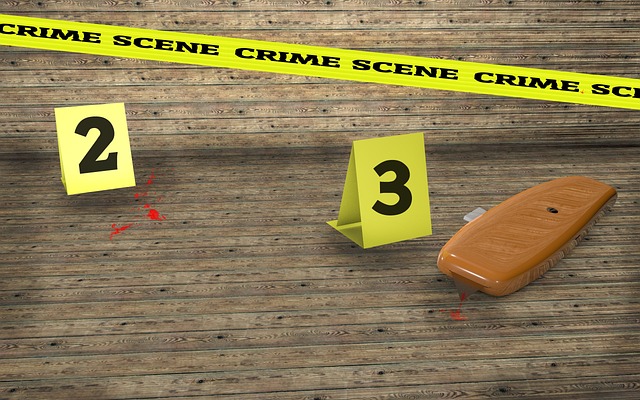Water leaks, caused by worn pipes or faulty fixtures, can lead to costly structural damage, increased water bills, and mold growth. Advanced leak detection technologies, including moisture meters, thermal imaging cameras, and radar systems, enable swift identification of subtle changes in temperature or moisture, minimizing disruptions and repair costs. Regular inspections, visual checks for obvious signs, and tracking water meter readings are essential for early leak detection, preventing severe damage and saving significant financial burdens. Professional services are crucial for complex or hard-to-locate issues, while basic plumbing knowledge empowers individuals to conduct simple repairs, reducing the need for expensive professional intervention.
In the quest for efficient water conservation, understanding and addressing water leaks promptly becomes imperative. This article serves as a comprehensive guide to affordable leak solutions, delving into the common causes and impact of water leaks. We explore advanced technology in leak detection, offering cost-effective methods for spotting leaks. From homeowner troubleshooting to expert services and preventive measures, this guide ensures you’re equipped with the knowledge to navigate leak management effectively. Embrace innovative solutions for leak detection and say goodbye to unexpected water bills.
Understanding Water Leaks: Common Causes and Impact

Water leaks are more than just an annoyance; they can have significant impacts on your home and wallet. Understanding common causes is the first step in effective leak detection and mitigation. Leaks often arise from worn-out pipes, particularly in older homes, where corrosion and damage from extreme temperatures or pressure can lead to ruptures. Another frequent culprit is faulty fixtures, such as toilets, faucets, or showerheads, which may have loose connections or internal parts that degrade over time.
In addition to structural damage and increased water bills, leaks can foster mold growth, which poses health risks and requires costly remediation. Prompt leak detection is crucial for preventing these issues. Regular inspections and addressing leaks as soon as they’re noticed are key to maintaining a healthy home environment and avoiding financial burdens down the line.
The Role of Advanced Technology in Leak Detection

In today’s digital era, advanced technology plays a pivotal role in revolutionizing leak detection processes. High-tech tools like moisture meters, thermal imaging cameras, and radar systems have transformed how we identify and address leaks, making it more efficient and accurate than ever before. These innovative devices can detect subtle changes in temperature or moisture levels, enabling professionals to pinpoint leak sources with remarkable precision.
By leveraging these technologies, leak detection specialists can navigate complex plumbing systems and labyrinthine spaces with ease. They can swiftly assess hard-to-reach areas, identify hidden remnants of water damage, and provide effective solutions without causing further disruptions. This not only enhances the speed and effectiveness of repair but also reduces costs associated with extensive repairs or replacements caused by undetected leaks.
Cost-Effective Methods for Spotting Water Leaks

Spotting water leaks early is key to saving money and preventing damage. Fortunately, there are several cost-effective methods for leak detection. One of the simplest techniques involves checking your water meter regularly. Any unexplained changes in reading could indicate a leak. Another effective approach is to examine visible signs like mold growth, damp spots on walls or ceilings, or peeling paint, which often point to hidden leaks.
Additionally, you can use diagnostic tools like water leak detectors or sound devices that amplify dripping sounds, allowing you to pinpoint the source of a leak without invasive inspections. Regular maintenance and timely repairs are essential to avoiding costly repairs down the line.
Homeowner's Guide: Diagnosing and Repairing Leaks

As a homeowner, addressing leaks promptly is crucial to avoid damage and unnecessary expenses. Start by identifying the source—is it a dripping faucet, a leaky toilet, or a hidden pipe under the sink? Visual inspections can often reveal obvious problems. Check for moist areas on walls, ceilings, or floors, as well as water stains on surfaces, which could indicate a leak.
If you suspect a leak but can’t pinpoint the exact location, employ leak detection methods. There are various tools available, including sound-based detectors that use differences in sound waves to identify leaks. Alternatively, follow your water meter readings before and after regular activities like running the dishwasher or taking a shower. A sudden spike could signal an unseen leak. Repairing these issues early prevents severe water damage and conserves valuable resources.
Professional Plumbing Services: When to Call Experts

Leak detection is a crucial aspect of maintaining any property, be it residential or commercial. While some minor leaks can be easily repaired by homeowners, there comes a point when professional plumbing services become indispensable. Knowing when to call experts for leak detection is essential to prevent further damage and costly repairs.
A common sign that it’s time to enlist professional help is the presence of persistent, hard-to-locate leaks or significant water pressure drops. If you’ve already attempted DIY solutions without success, it’s likely that a leak has developed into a more complex issue requiring specialized tools and expertise. Plumbing experts have access to advanced technologies for precise leak detection, ensuring they can identify the source quickly and efficiently. This prompt action can save hundreds, if not thousands, in potential water damage and associated repair costs.
Preventive Measures: Long-Term Solutions for Leak Management

Preventing leaks is key to saving costs and maintaining efficient water or fluid systems in both residential and commercial settings. Regular maintenance plays a pivotal role in leak management, ensuring long-term sustainability. One effective strategy is to employ advanced leak detection technologies. These tools can identify potential issues early on, allowing for prompt repairs before minor problems escalate into major leaks.
Regular inspections, especially in older buildings or those with complex plumbing, are essential. This proactive approach involves checking for any signs of moisture, water stains, or unusual noises that could indicate a leak. Additionally, understanding the basics of plumbing and having a basic toolkit can empower individuals to carry out simple repairs themselves, reducing the need for costly professional services.
